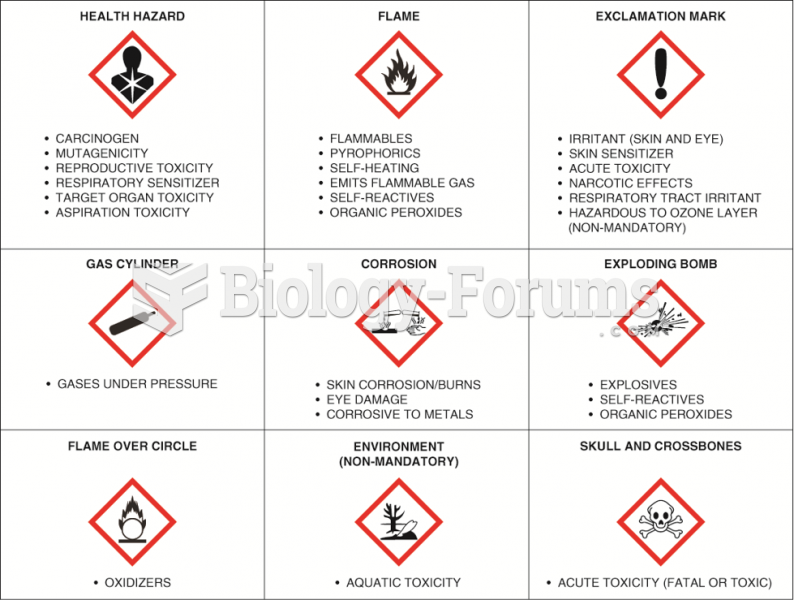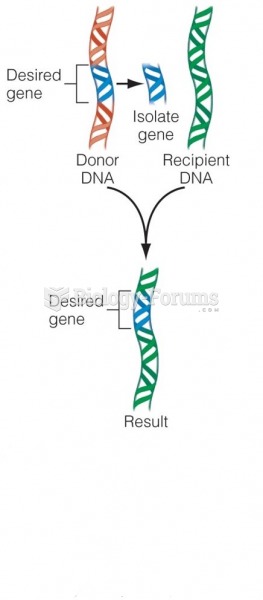Answer to Question 1
Answer: 3
Explanation: 3. As an advocate, the population health nurse engages in four activities or functions. The first function is determining the need for advocacy and factors that prevent clients from acting on their own behalf. A second function involves determining the point at which advocacy will be most effective. Collecting facts related to the problem is the third advocacy-related function and the fourth function is presenting the case to the appropriate decision makers. Collecting information about the waste materials being introduced into the water supply exemplifies advocacy for this community issue. Providing a list of community members who are employees of the treatment plan demonstrates advocacy for the treatment plant and not the community. Analyzing other community approaches used to address similar water treatment issues does not advocate for the community members in any way. Examining community members for health problems believed to be caused by the contaminated water suggests that the nurse does not believe that the treatment plant is causing health problems and does not advocate for the community members.
Answer to Question 2
Answer: 1, 2, 3, 5
Explanation: 1. Behavioral determinants involve personal behaviors that either promote or impair health. Behavioral factors are often those most amenable to change in efforts to prevent disease and promote health. Health-related behaviors include recreation and exercise, dietary patterns, substance use and abuse, and use of protective measures. Hours that the community health clinic is open is considered a health system determinant.
2. Behavioral determinants involve personal behaviors that either promote or impair health. Behavioral factors are often those most amenable to change in efforts to prevent disease and promote health. Health-related behaviors include recreation and exercise, dietary patterns, substance use and abuse, and use of protective measures. Hours that the community health clinic is open is considered a health system determinant.
3. Behavioral determinants involve personal behaviors that either promote or impair health. Behavioral factors are often those most amenable to change in efforts to prevent disease and promote health. Health-related behaviors include recreation and exercise, dietary patterns, substance use and abuse, and use of protective measures. Hours that the community health clinic is open is considered a health system determinant.
5. Behavioral determinants involve personal behaviors that either promote or impair health. Behavioral factors are often those most amenable to change in efforts to prevent disease and promote health. Health-related behaviors include recreation and exercise, dietary patterns, substance use and abuse, and use of protective measures. Hours that the community health clinic is open is considered a health system determinant.







